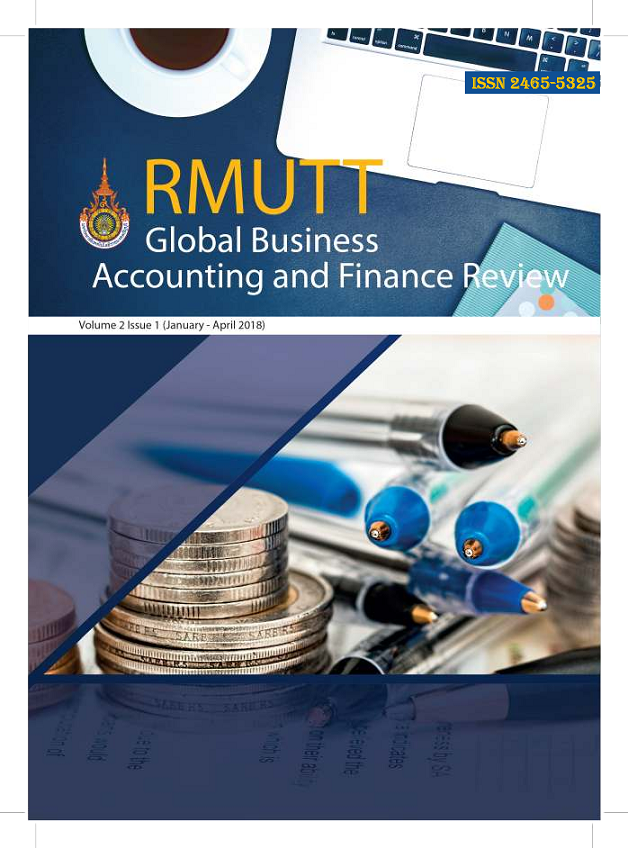DOES THE US CIGARETTE TAX IMPOSED ON TOBACCO EXPENDITURE WORK
Keywords:
Cigarette Tax, Tobacco ExpenditureAbstract
The cigarette and smoking are the one of the important health and socioeconomic issues in both national and global aspects. The centralized policy such as government policy and education system can influence the people to be healthy and active in self-prevention. The cigarette excise tax is one of the state-level tools to capture the externalities of being smoker. Also, the revision of the effect of cigarette tax on tobacco expenditure should be concerned. Therefore, we deal with the data from the Consumer Expenditure from 2009 to 2011. We find that most of variables are significant with exception of quarterly and yearly dummy variables which do not seem to influence tobacco consumption. The results yield that the tobacco spending of CUs is affected by the cigarette tax significantly. Especially, in 2011, some state had cigarette tax increased, the results indicated that the household decreased the tobacco expenditure significantly. Furthermore, the differences in gender, ethnic group, marital status and region had the unique effect on the tobacco expenditure. Age, education and family size inversed U-shape pattern to tobacco expenditure. Nevertheless, income level progressively increased the tobacco expenditure. Finally, we found that most of explanatory variables and especially cigarette tax can significantly affect the probability of being smoker obviously. This paper considers the policy implications to reduce the cigarette spending by influencing the members of the family to avoid consuming tobacco, increase the cigarette tax to reduce the smoke consumption, communicate the hazardous of smoking and being smoker to the earners of the family to cut the tobacco expenditures, as well as take care of the middle age, middle of education, and the smokers who came from the middle size family whenever starting the government campaign.
References
American Lung Association. (2011). Trends in tobacco use. Washington, DC: American Lung Association.
Banks, J., Blundell, R., & Lewbel, A. (1997). Quadratic Engel curves and consumer demand. Review of Economics and statistics, 79(4), 527-539.
Becker, G. S., & Murphy, K. M. (1988). A theory of rational addiction. Journal of political Economy, 96(4), 675-700.
Centers for Disease Control and Prevention. (2009). State Cigarette Excise Taxes, United states, 2009-2011. Accessed November 5, 2013 from http://www.cdc.gov/mmwr/preview/mmwrhtml/mm5819a2.htm
Chaloupka, F. (1991). Rational addictive behavior and cigarette smoking. Journal of political Economy, 99(4), 722-742.
Chaloupka, F. J., & Wechsler, H. (1995). Price, tobacco control policies and smoking among young adults (No. w5012). National Bureau of Economic Research.
Deaton, A., & Irish, M. (1984). Statistical models for zero expenditures in household budgets. Journal of Public Economics, 23(1-2), 59-80.
Deaton, A., & Muellbauer, J. (1980). An almost ideal demand system. The American economic review, 70(3), 312-326.
Evans, R. I., Rozelle, R. M., Mittelmark, M. B., Hansen, W. B., Bane, A. L., & Havis, J. (1978). Deterring the Onset of Smoking in Children: Knowledge of Immediate Physiological Effects and Coping with Peer Pressure, Media Pressure, and Parent Modeling 1. Journal of applied social psychology, 8(2), 126-135.
Farrell M, et el., 1998, Substance misuse and psychiatric comorbidity: An overview of the opcs national psychiatric morbidity. Additive Behaviors, Vol. 23, pp. 909-918
Keen, M. (1986). Zero expenditures and the estimation of Engel curves. Journal of Applied Econometrics, 1(3), 277-286.
Mullahy, J. (1986). Specification and testing of some modified count data models. Journal of econometrics, 33(3), 341-365.
Ohsfeldt, R. L., & Boyle, R. G. (1994). Tobacco excise taxes and rates of smokeless tobacco use in the US: an exploratory ecological analysis. Tobacco Control, 3(4), 316.
Ohsfeldt, R. L., Boyle, R. G., & Capilouto, E. L. (1998). Tobacco taxes, smoking restrictions, and tobacco use (No. w6486). National bureau of economic research.
Tobin, J. (1958). Estimation of relationships for limited dependent variables. Econometrica: journal of the Econometric Society, 24-36.
Townsend, J., Roderick, P., & Cooper, J. (1994). Cigarette smoking by socioeconomic group, sex, and age: effects of price, income, and health publicity. Bmj, 309(6959), 923-927.
Van Walbeek, C. (2003). Tobacco excise taxation in South Africa. Geneva: World Health Organization.
Wasserman, J., Manning, W. G., Newhouse, J. P., & Winkler, J. D. (1991). The effects of excise taxes and regulations on cigarette smoking. Journal of health economics, 10(1), 43-64.









